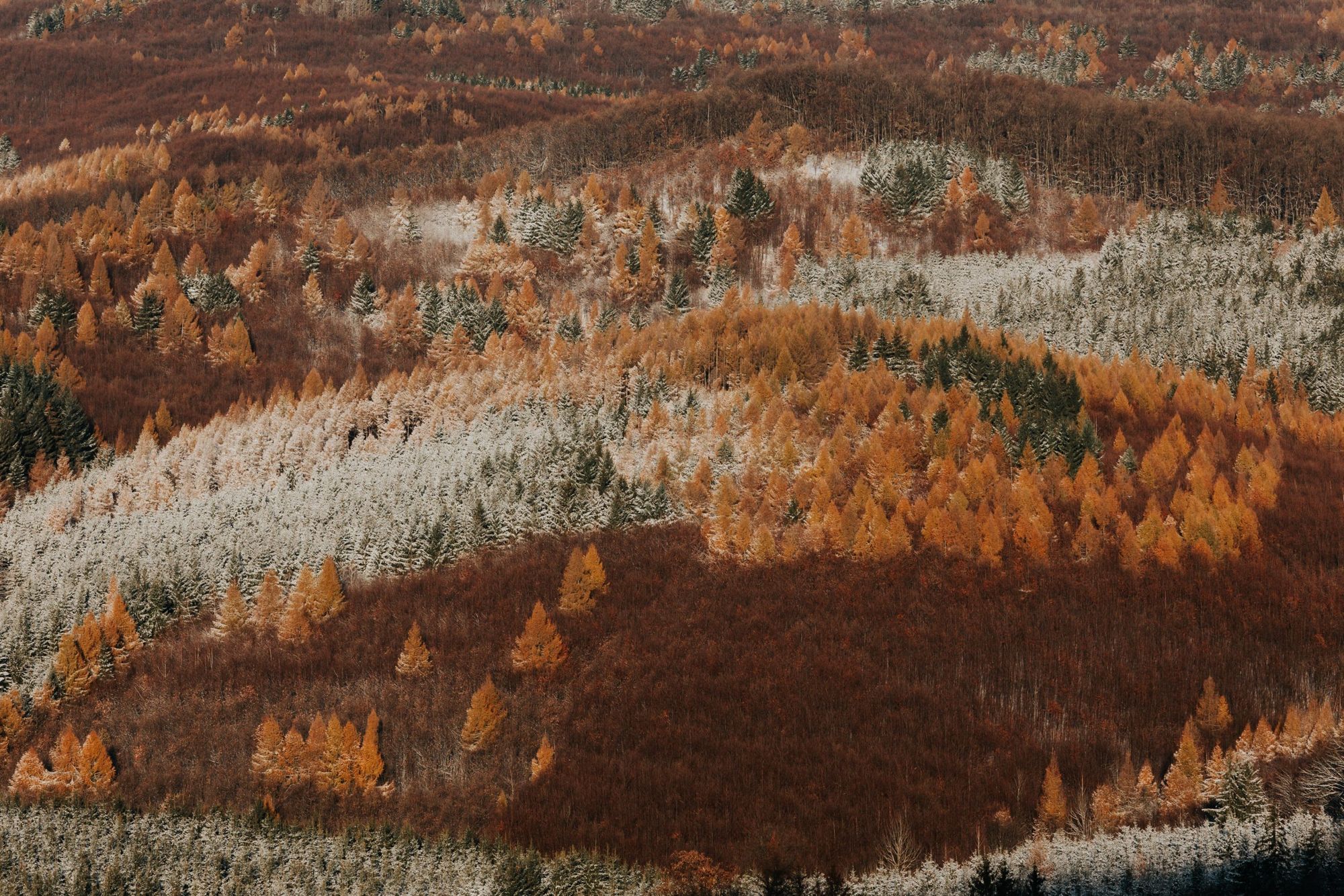Hungary is at the intersection of Europe. While in a geographic sense, this is debatable—there are a number of other locations in contention, due to varying methods of measurement—it is likely true in every other sense. The boundary of every major European feature lies somewhere around here. Hungary and its capital, Budapest captures within it the essence of every major region of the continent at once: north and south, east and west. Here is where you’ll find the last western reaches of the Eurasian steppes, the furthest easternmost slopes of the Alps and the northernmost Mediterranean slopes. Here is where the River Danube bisects Budapest and simultaneously connects most European nations, east and west.
This region may also be the common denominator in terms of civilization. The Romans, Huns and Mongols all left their mark, as did the Ottoman Empire, with its northernmost conquests. This now-small country has had to reinvent itself in every century for the past thousand years, cooperating with our Austrian neighbors—who we call our brothers-in-law—to establish the last empire in Central Europe: the Austro-Hungarian monarchy. Hungary represents the boundary between eastern and western Christianity, and our history includes some of the most significant Jewish legacies in all of Europe, posing a truly unanswerable question: does Hungary truly belong to western, eastern, or perhaps central Europe? We believe there is no need for such strict definitions. Visitors will find their own answer. After the blood-soaked 20th century, the history of Hungary—like all of Europe—grew more quiet and more peaceful. But having presented such a colorful tale in but a few words, perhaps you can already see, dear reader, how Hungary and Budapest have so many experiences and colorful traditions to offer visitors, with our “foreign” language, multicultural yet unique gastronomical offerings, as well as our eclectic and grandiose architectural and historical legacy.
Gergely Fáy, creative strategy, founder, Hype&Hyper
In the framework of Essence of Hungary, a new publication on Budapest and Hungary will be released, along with a magazine that covers both, offering a new perspective on all the country’s treasures. In addition to the emblematic sites, the publications will offer a subjective selection of exciting cultural spaces, as well as a map of culinary experiences and local characteristics.
The volumes aim to inspire and guide—and the articles that will appear here in the coming days will serve this purpose too.
The photos were taken by Botond Wertán and Gergely Sepsi.

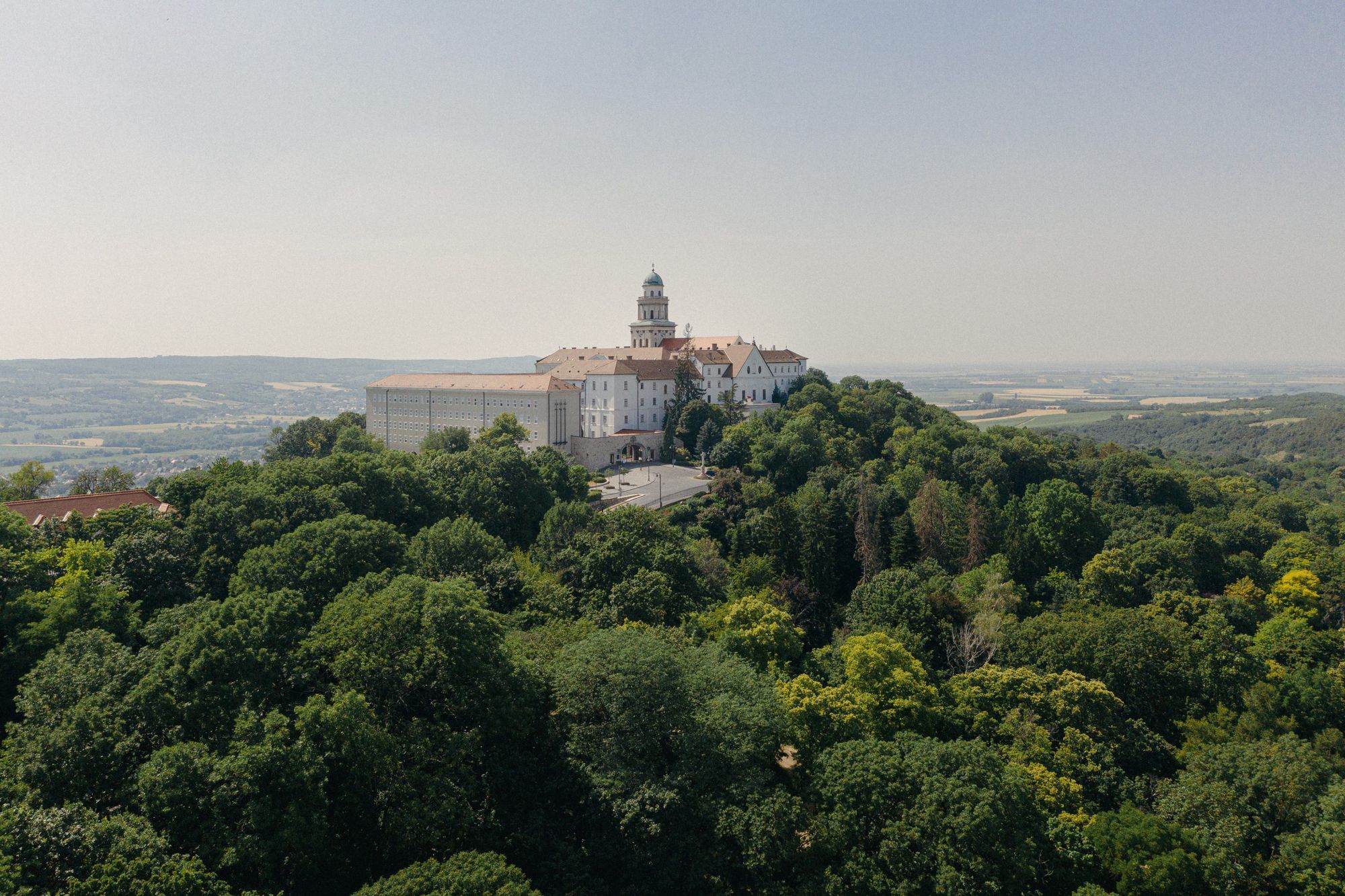

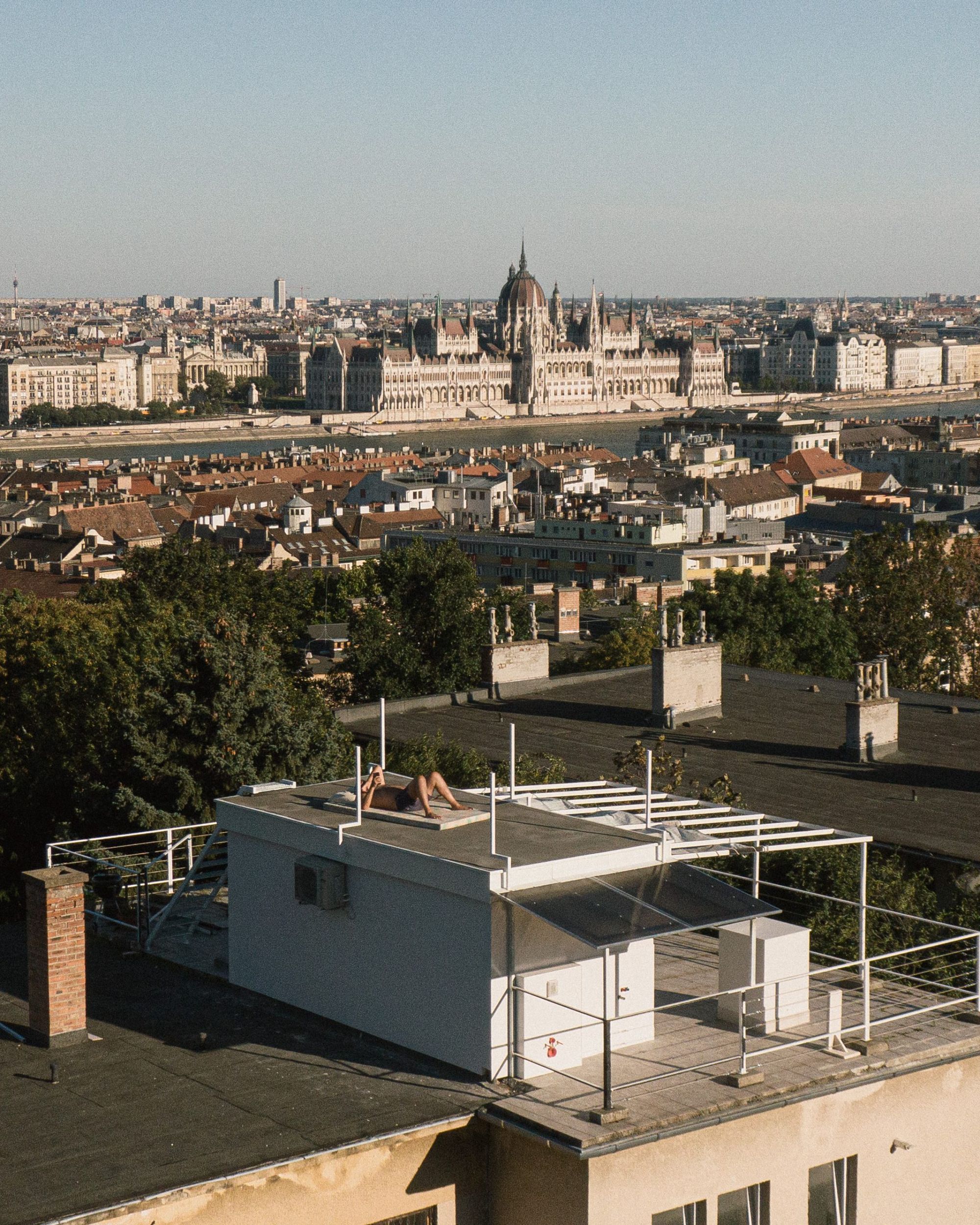
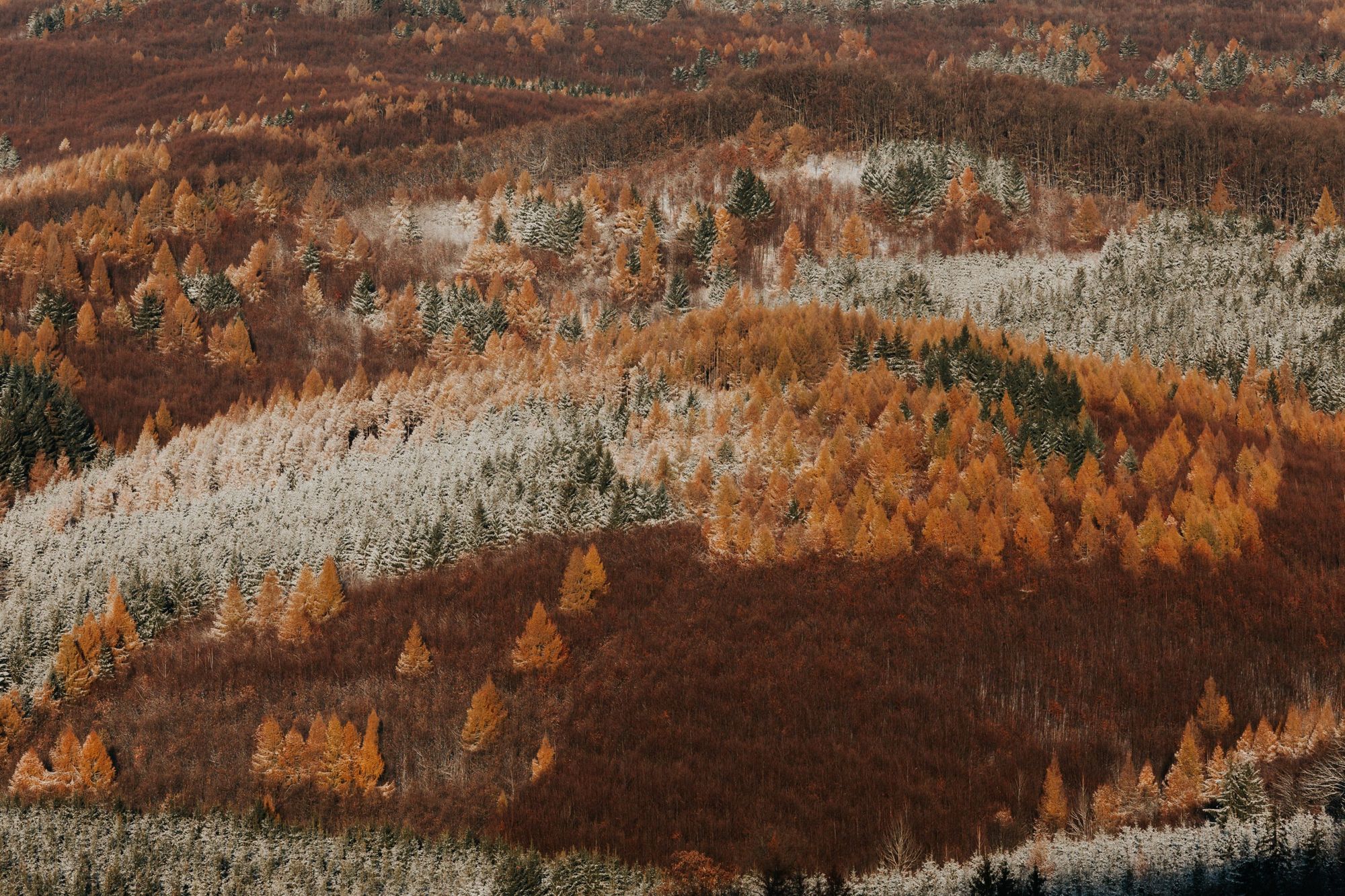
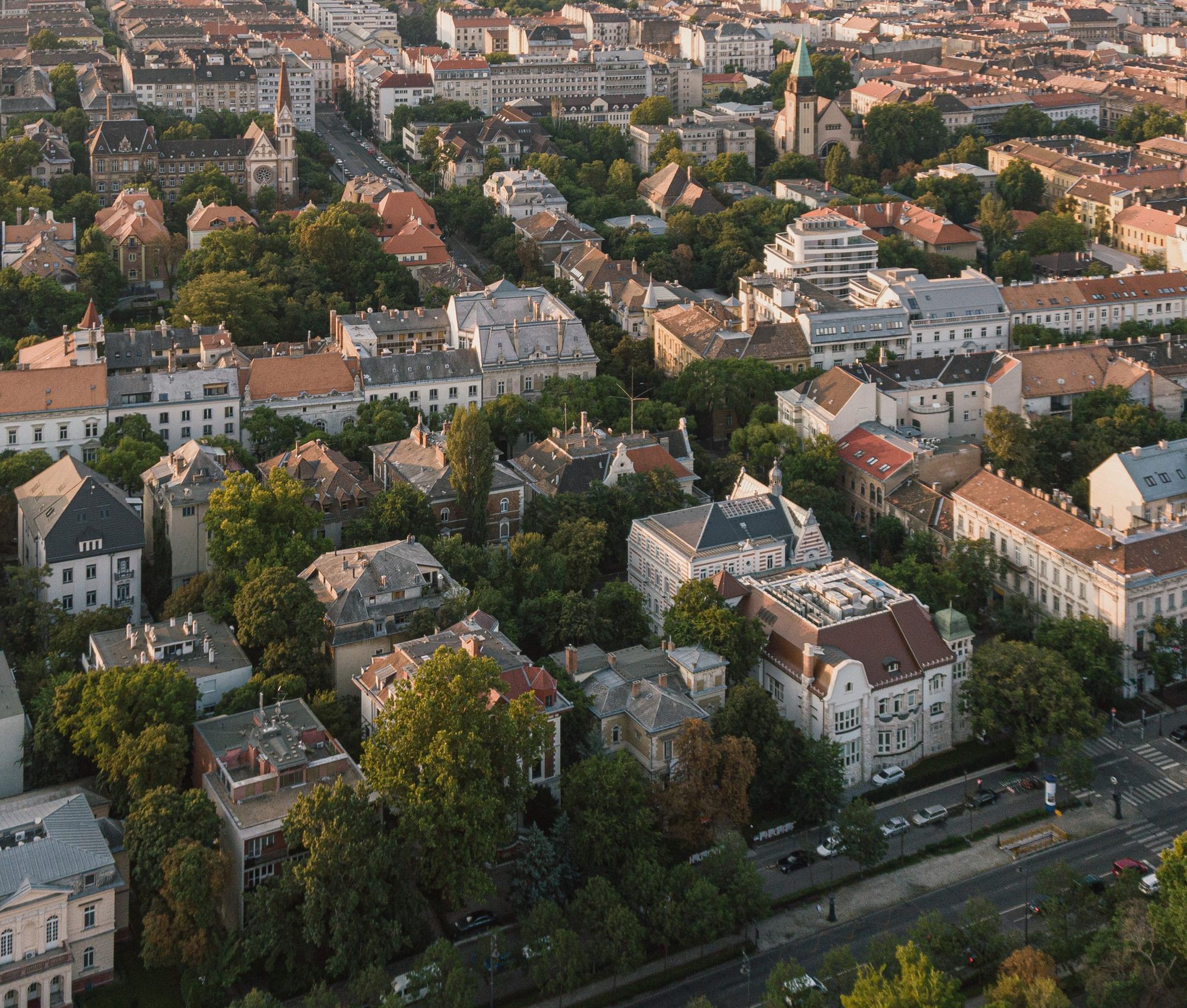
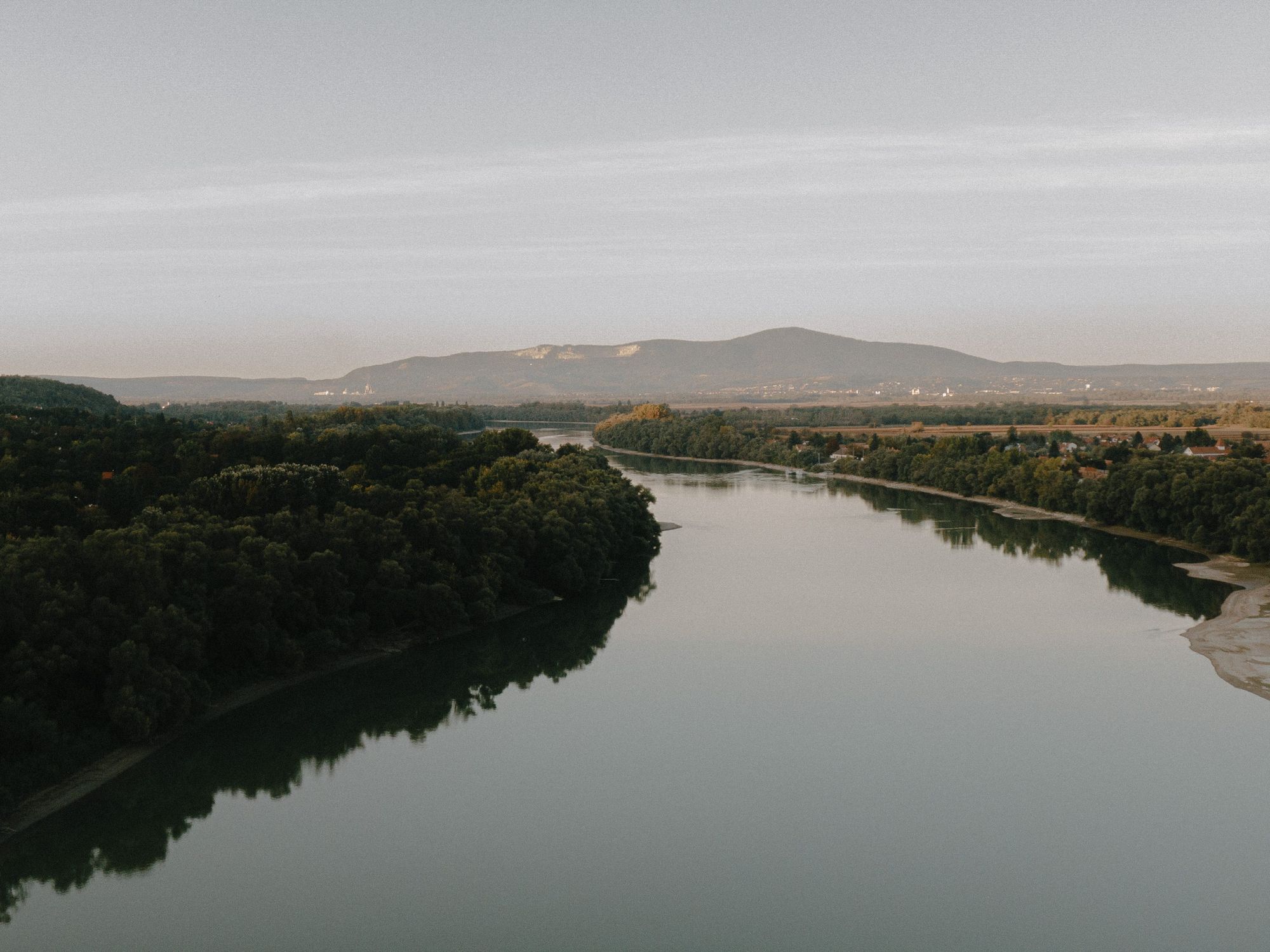

After 40 years, Hungarian architects are featured again in one of the world's most important architecture magazines

Enter the coffee machine heaven! | The eventful story of Gergely Nezvál and the La Marzocco










